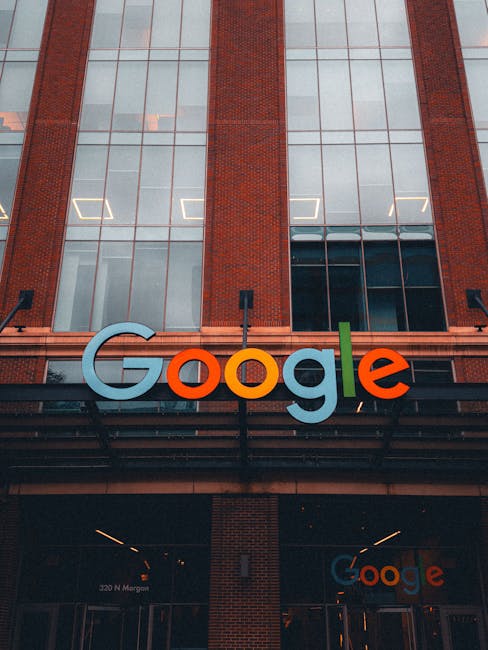-
“Blue Washing” Defined: Portraying polluting industries as environmentally friendly through reclassification under less polluting categories.
-
CPCB’s New “Blue Category”: A new category under Essential Environmental Services (EES), including composting, biogas, sewage treatment, and material recovery facilities.
-
WTE Incineration Reclassification: Waste-to-Energy (WTE) incineration, previously in the “Red Category” (PI of 97.6), has been moved to the “Blue Category”.
-
WTE Incineration Process: Burning mixed municipal solid waste (MSW) to generate heat and electricity, similar to coal plants but with higher CO₂ emissions.
-
Pollution Index (PI): Introduced by MoEFCC to categorize industries based on pollution levels (air, water, hazardous waste, resource consumption). Ranges from 0 (least polluting – White) to 100 (most polluting – Red).
-
CPCB Consent Validity: The new categorisation grants WTE incineration plants an additional two years of validity for consent to operate (permission to pollute).
-
Why this is “Blue Washing”: Reclassifying highly polluting WTE incineration plants as “Blue” falsely presents them as environmentally benign, enabling them to operate longer without stringent pollution controls.
-
Implications: Undermines efforts to accurately assess and manage pollution from WTE incineration, hindering genuine progress towards environmental sustainability.
-
Contradicts Categorisation Rationale:The Union Ministry of Environment, Forests and Climate Change (MoEFCC) introduced the concept of categorisation of industries for facilitating decisions related to the location of the industries, formulation of norms for inspection and surveillance, pollution caused and health impacts.
